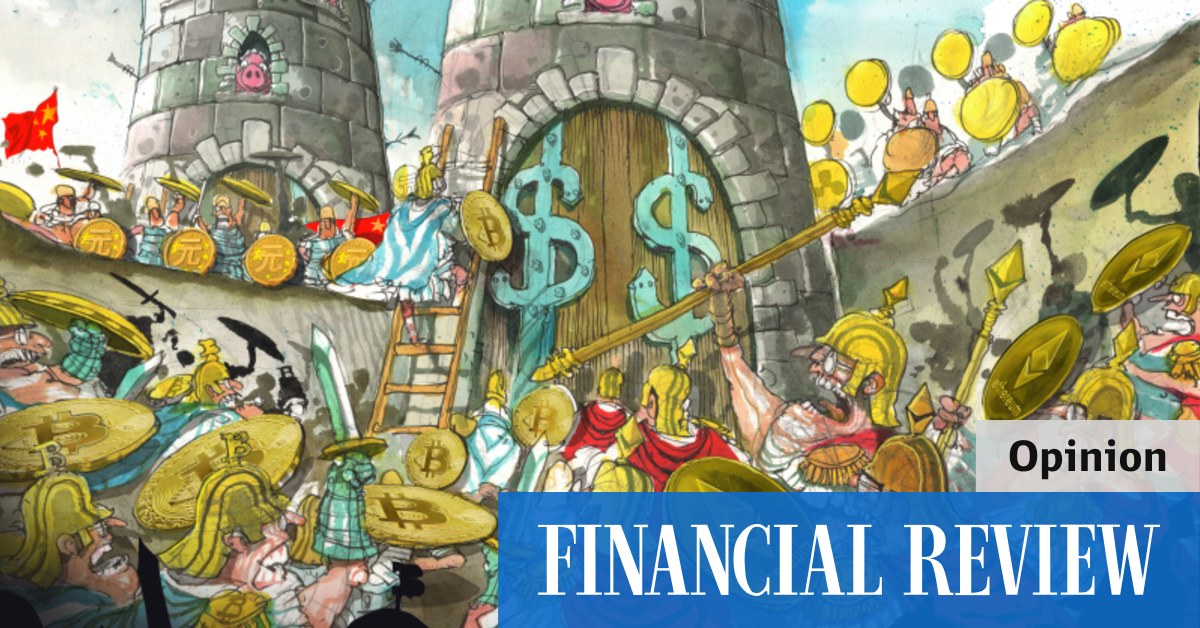
Naturally, there’s been a lot of finger-wagging from the traditional finance world about the speculative risks inherent in cryptocurrencies, and the inevitable folly of betting that these digital assets are safe.
But stablecoins are distinct from the mainstream digital currencies, so-called shitcoins, and NFTs (non-fungible tokens) that, for all their appeal, seem to be propelled by speculative forces more than anything.
Tethered to the system
Stablecoins exist for the faint of heart who want to reduce their exposure to volatile crypto assets and peg their holdings to the US dollar without removing their capital from the digital sphere.
Stablecoins have also attracted the most intense regulatory scrutiny because regulators envisage consequences in the real monetary world if something goes wrong.
The largest of the stablecoins is Tether, which has amassed a market capitalisation – for lack of a better description – of $US95 billion.
When a holder buys a Tether token the proceeds are then held by the issuer, who will cash that investor out when the token is sold. The value of Tether represents faith in the value of the assets held by the issuer.
The concern among regulators is whether Tether has the equivalent amount of US dollar assets to make good on the claims of token holders. Their initial digging found a deficiency.
Tether is like a money market fund that invests in cash and cash-like assets.
But US money market funds famously broke the greenback in 2008 when holders who thought they had a safe $US1 investment were told that had dipped to US99¢. This occurred when some sub-prime commercial paper holdings were marked down in value.
Confronted with the reality that what they thought was an investment as good as cash was, in fact, at risk, they withdrew funds.
This run on money market funds, many historians agree, was a real moment of terror that would have left ATMs empty and businesses drained of money.
And it’s this scenario that has regulators worried: that the trust in Tether could be broken, there would be a run on Tether and the subsequent liquidation of real-world assets would ripple through into traditional finance.
Terra is a little different, though. It is an algorithmic stablecoin, which means it’s not actually backed by assets. Rather, its stable value is maintained through programmatic transactions in which USTs (the Terra stable coin) are sold when their value is above $US1 and bought when it’s trading below, using another coin called Luna.
An algorithmic stablecoin sounds like a recipe for disaster, and it has turned out to be just that. But until its collapse, it was the great hope the crypto world had of totally breaking the link with the real world.
Again, variations of algorithmic stablecoins are everywhere.
In fact, most currency pegs are analogous. The Swiss franc’s busted peg against the euro relied on the central bank selling francs to buy euros, until it became too hard.
And George Soros’ famous 1992 raid on the British pound exploited the unsustainability of a peg in the face of hard economics and a wall of speculative capital.
Terra investors have learnt an expensive lesson, but it’s a lesson that history shows traditional finance is just as likely to forget.
This news is republished from another source. You can check the original article here

Be the first to comment